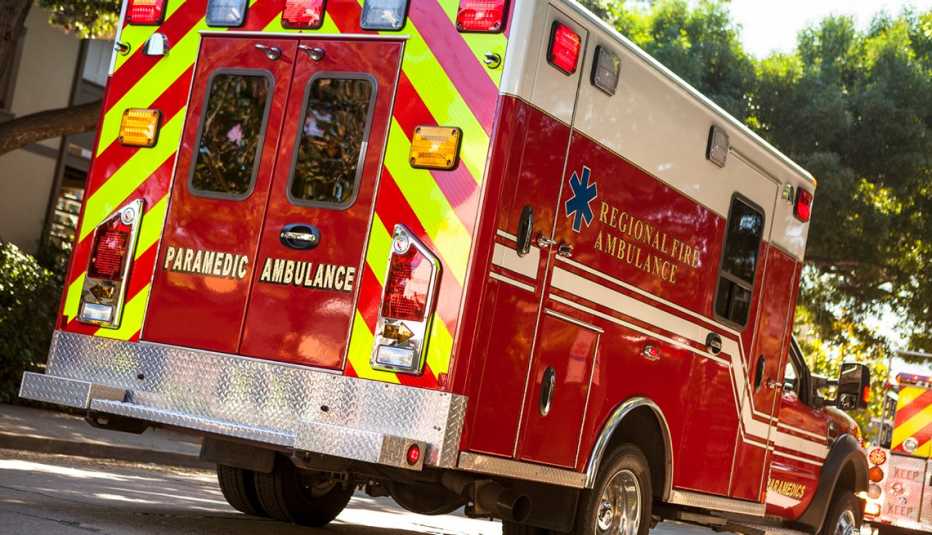AARP Hearing Center


Emergency vehicles include police vehicles (marked and unmarked cars), ambulance/emergency medical services (EMS) vehicles and fire trucks.
See also: What is a safe following distance on the road?
If you hear a siren or see flashing lights, and an emergency vehicle is approaching you:
- From behind: Be ready to safely move out of the way (generally to the right, but this will depend on the particular roadway).
- From a cross street or toward you: Be prepared to stop and let the vehicle cross in front of you or make its turn
If uncertain about where to move over, follow the pattern of the cars around you to create a travel lane for the emergency vehicle to pass.
Slow down or stop as required by state law.
When approaching an emergency vehicle with flashing lights that is stopped, proceed with caution, move over a lane when possible and adhere to your state’s regulations.

































































More From AARP
9 Ways to Become a Safer Driver
Once you've assessed your limitations, take steps to improve your skills
Walking while drunk can have fatal results, report shows
45- to 64-year-olds most affected in 2018; 2019 overall pedestrian deaths likely to be highest in 30 years
The Car Skids — What You Should Do
Learn how to avoid trouble on the road